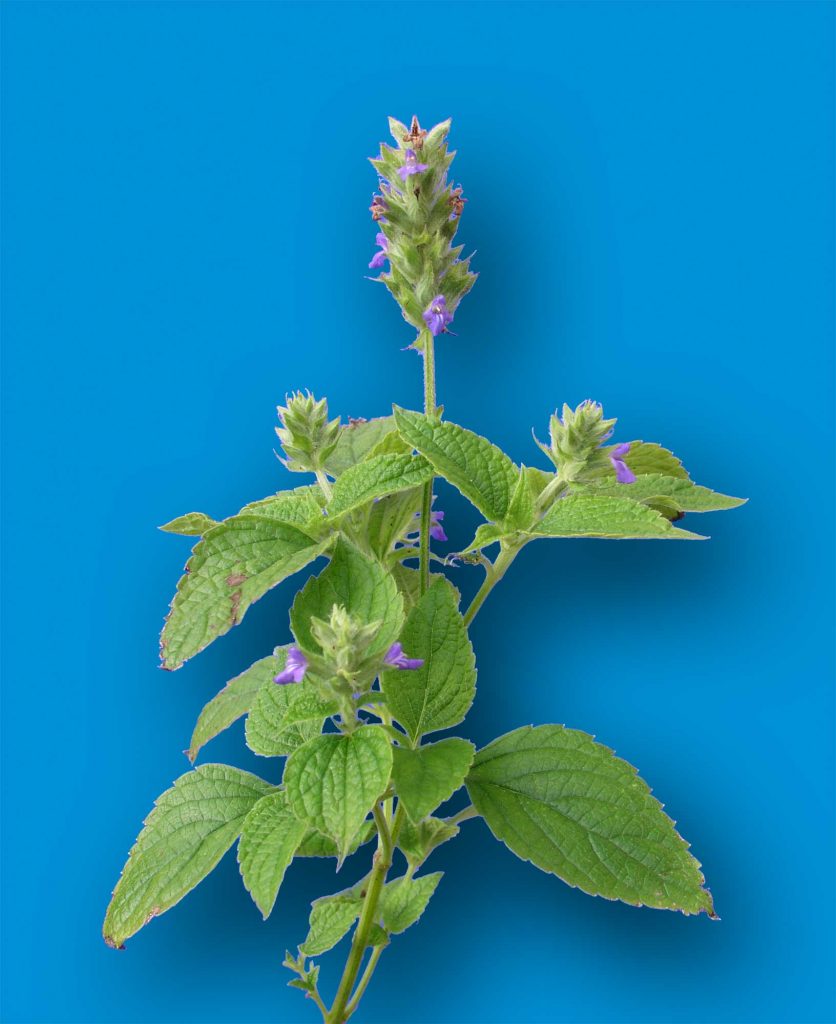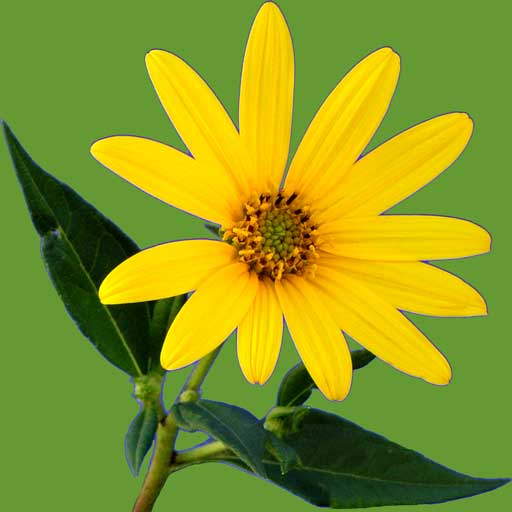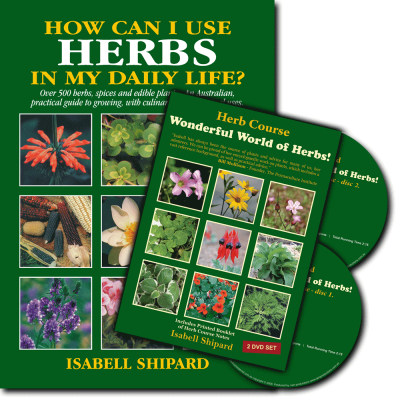Salvia rhyacophila syn. S. hispanica F. Lamiaceae
Description
As I walked through my garden this morning, I was drawn to some chia plants with their heavenly blue flowers. Holding some flower heads in my hands, I admired the small lip-like flowers and thought about the nutritional and healing properties. Research has shown that chia is one of the richest sources of essential fatty acids.
… … omitted text, please see How can I use HERBS in my daily life? for full text.

Constituents:
essential fatty acids alpha-linolenic and linoleic acid, mucin, strontium, 30% protein
Vitamins:
A, B, E, D
Minerals:
calcium, phosphorus, potassium, sulphur, iron, iodine, copper, zinc, sodium, magnesium, manganese, silicon
Actions:
antioxidant, nervine, tonic, laxative, demulcent, Nutritive
Medicinal Uses
In Chia’s native habitat of South West America, it was a highly valued food plant by the local Indians. In Mexico, it was used as money and to pay taxes. One tablespoon of seed and plenty of water supplied energy and sustenance for an Indian travelling for 24 hours. It is said an Indian can exist on it for many days, if necessary. Several USA universities have researched the endurance properties of chia and found that a tablespoon of seed could sustain a person for 24 hours with hard labour. Richard Lucas in his book, ‘Common and uncommon uses of herbs for healthy living’, encourages anyone to try it, and discover its unique ability to provide the go power to get through a busy day with a hop, step and a jump. Chia seeds contain strontium, which is believed to act as a catalyst in the assimilation of protein and production of high energy. A greyhound breeder read of chia’s energy boosting power, and rang to see if he could buy the seed in large quantities to give his dogs a winning edge.
Seeds contain one of the highest known sources of linolenic acid (LNA) 30-60% and a very high source of linoleic acid (LA) 30%; for this reason, we need to get to know this valuable plant, grow it and use it. Both LNA and LA are essential fatty acids. They have been called essential because the human body needs them to function. The human body, however, is unable to manufacture these essential fatty acids, and must source them from food.
What are the functions of essential fatty acids (EFA) to the body? EFA’s attract oxygen. A bounteous supply of oxygen, carried with the blood to the cells, is vital for vitality, pain relief and healing. EFA’s absorb sunlight. The absorption of light energy increases the ability to react with oxygen by approximately 1000-fold and makes them chemically more active. EFA’s carry a slightly negative charge, and spread out as a thin layer over surfaces and do not form aggregations. This action also carries away toxins via the kidneys, lungs and skin. Researcher Linus Pauling, found that energy charged by EFA’s produced measurable bio-electrical currents. These currents make possible the vast number of chemical reactions in the body, which are important in nerve, muscle, and membrane function. EFA’s also govern food absorption, mental health and the process of oxidation and growth. EFA’s allow the cell membranes to be soft, fluid and flexible. Oxygen is held at the wall-like membranes, making a barrier against viruses and bacteria, which are foreign organisms that cannot survive in the presence of oxygen.
EFA’s are involved in immune system function, which fight infection and build resistance to diseases and allergies. EFA’s substantially shorten the time required for recovery of fatigued muscles after exercise, sport or physical work. EFA’s increase the rate of metabolic reactions in the body, resulting in fat burn and loss of excess weight. EFA’s are involved in generating the electrical currents that make the heart beat in orderly sequence. Deficiency in EFA’s during foetal development and early infancy can result in permanent learning disability. EFA’s are the highest source of energy in nutrition, and govern every life process in the body. Life without EFA’s is impossible. When the EFA’s are deficient, we can expect a diversity of health problems. EFA’s, particularly linolenic acid (LNA’s) have been almost completely eliminated from our diets because of oil refining processes, food preparation and manufacture. We therefore need to look at what we can grow and use to give us these essentials, daily.
Chia seeds can be eaten fresh in hand. Chew well to break the shell and release the nutty flavour. The mucilaginous properties, which have a swelling action similar to guar or psyllium, act as a bulking agent and fibre source, and are valuable for cleansing and soothing the colon. Chia can act like a sponge, absorbing toxins, lubricating the colon and strengthening the peristaltic action. Considering the high incidence of bowel cancer, diverticulitis, colitis, chronic constipation and irritable bowel syndrome in our country, we need to share knowledge of this healing plant with our fellow man. Chia seeds come to the rescue when the tummy is upset and will not tolerate other foods; or to fortify the body against the exhaustive effects of extreme summer temperatures. The seed helps to quench the thirst if added to a glass of water, a very practical benefit in our hot summers. It is an appetite satisfier, so useful to dieters. Chia has been valued for calming the nerves and strengthening the memory. One teaspoon of seed to one cup of boiling water is steeped 5-10 minutes, taking 2-3 cups a day. A poultice made of soaked seed is used as a wound healer. The early American settlers used Chia for gunshot wounds.
Chia belongs to the salvia family, with the name coming from the Latin ‘salare’ which means to save, referring to its curative properties. Chia leaves (fresh or dried) steeped in boiling water, make a therapeutic tea. Use the tea as a blood cleanser and tonic, also for fevers, pain relief, arthritis, respiratory problems, mouth ulcers, diarrhea, diabetes, gargle for inflamed throats, to reduce blood pressure, cholesterol and triglyceride levels and to strengthen the nervous system. Try the tea sweetened with honey and a few drops of lemon juice added.
… … omitted text, please see How can I use HERBS in my daily life? for full text.




